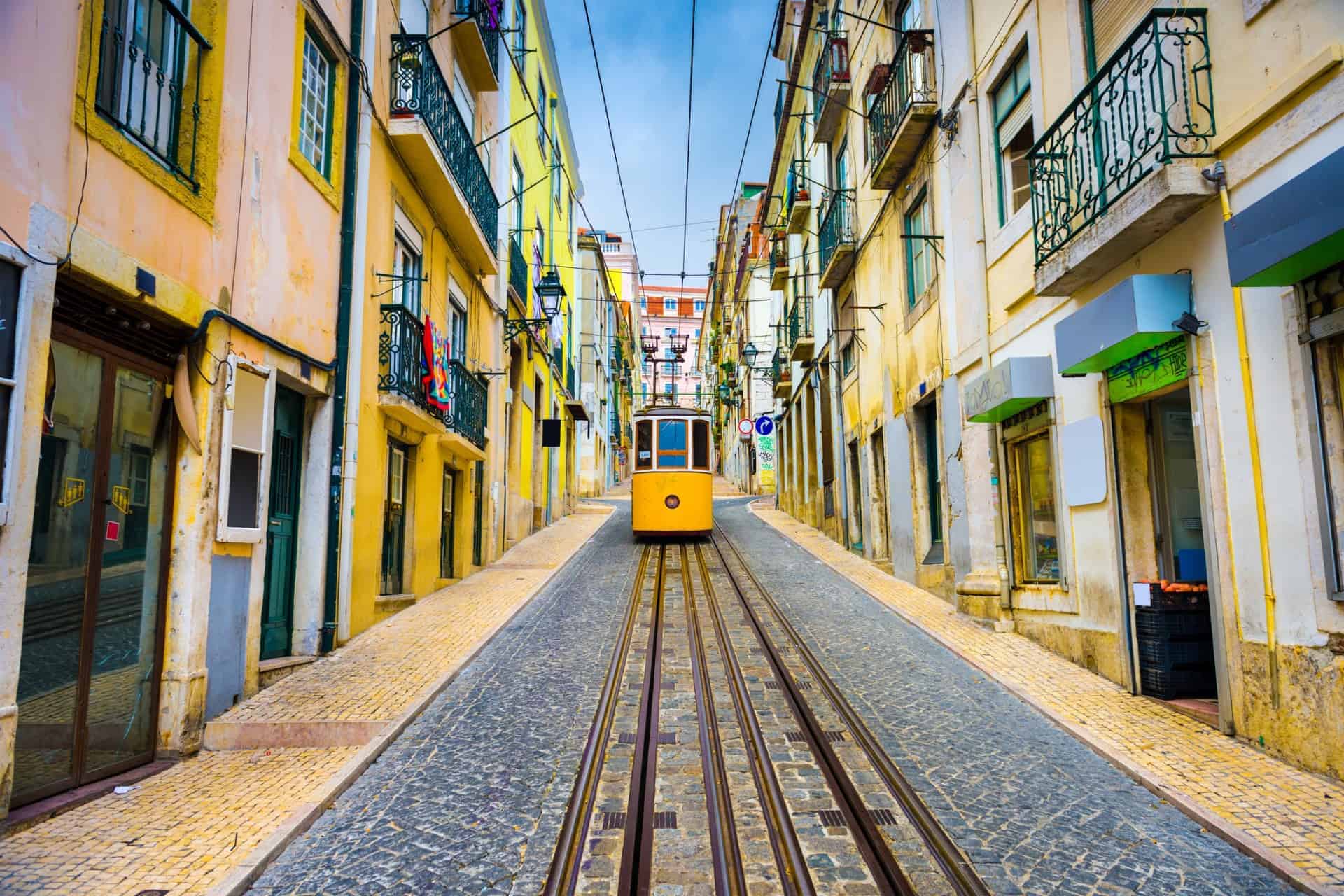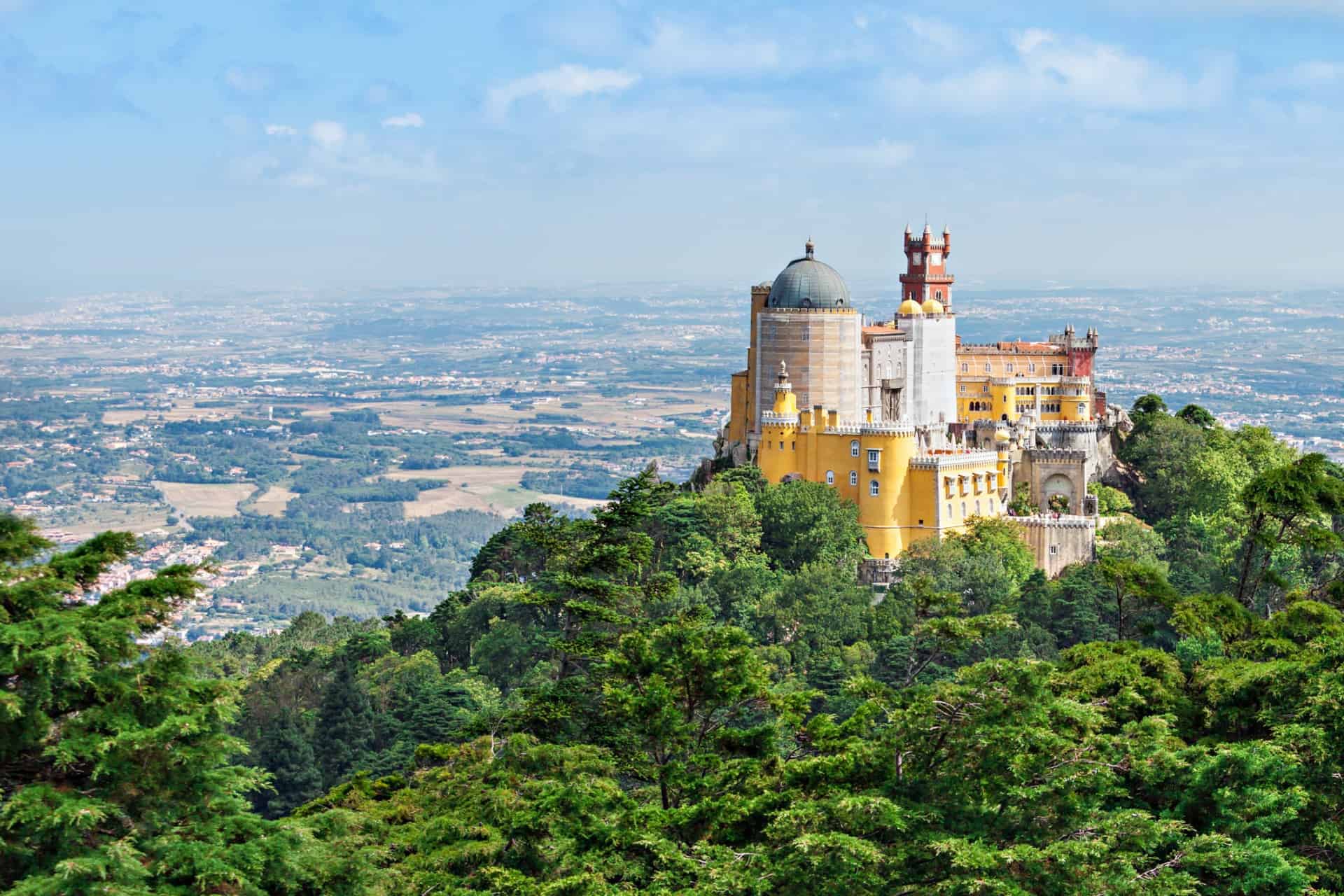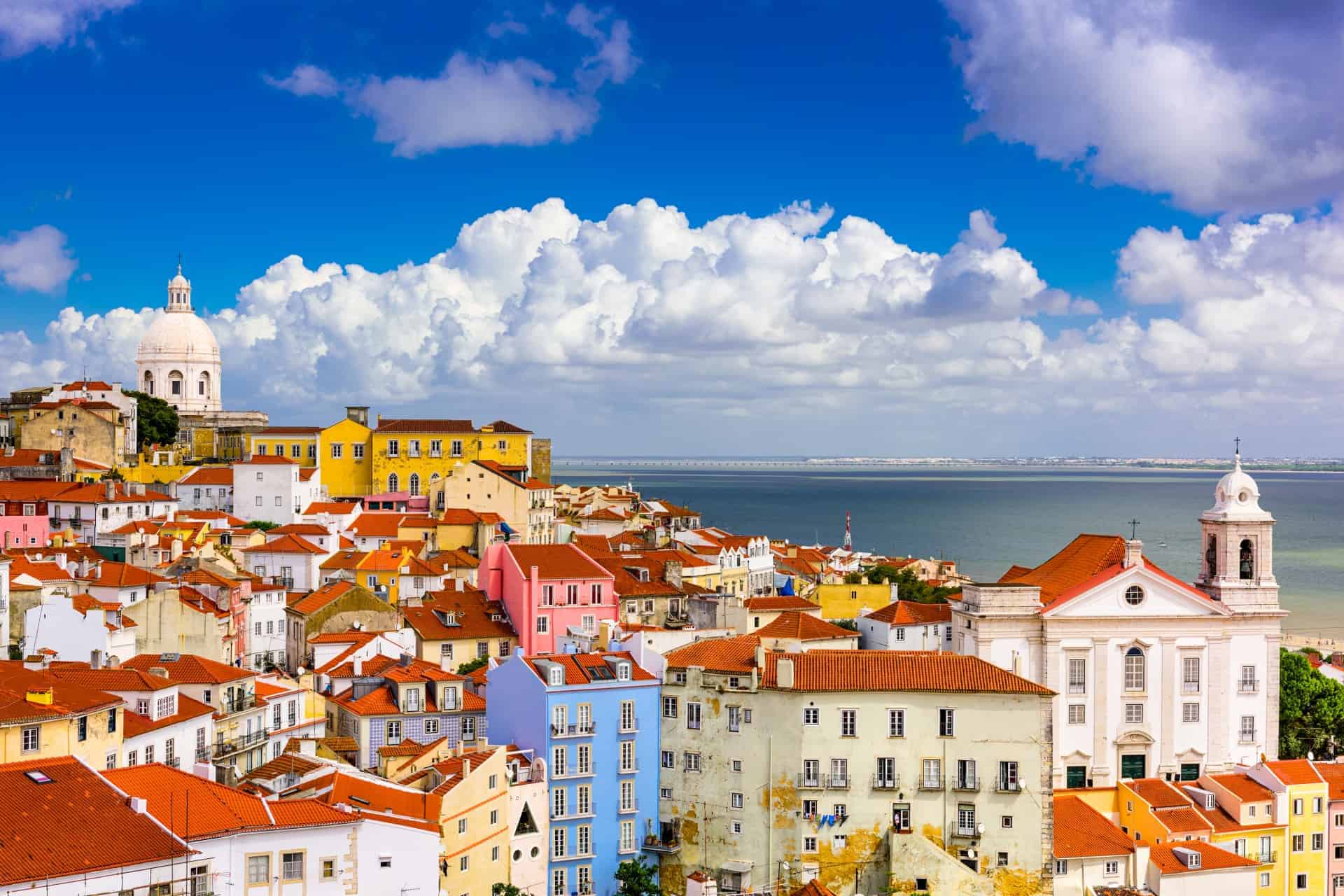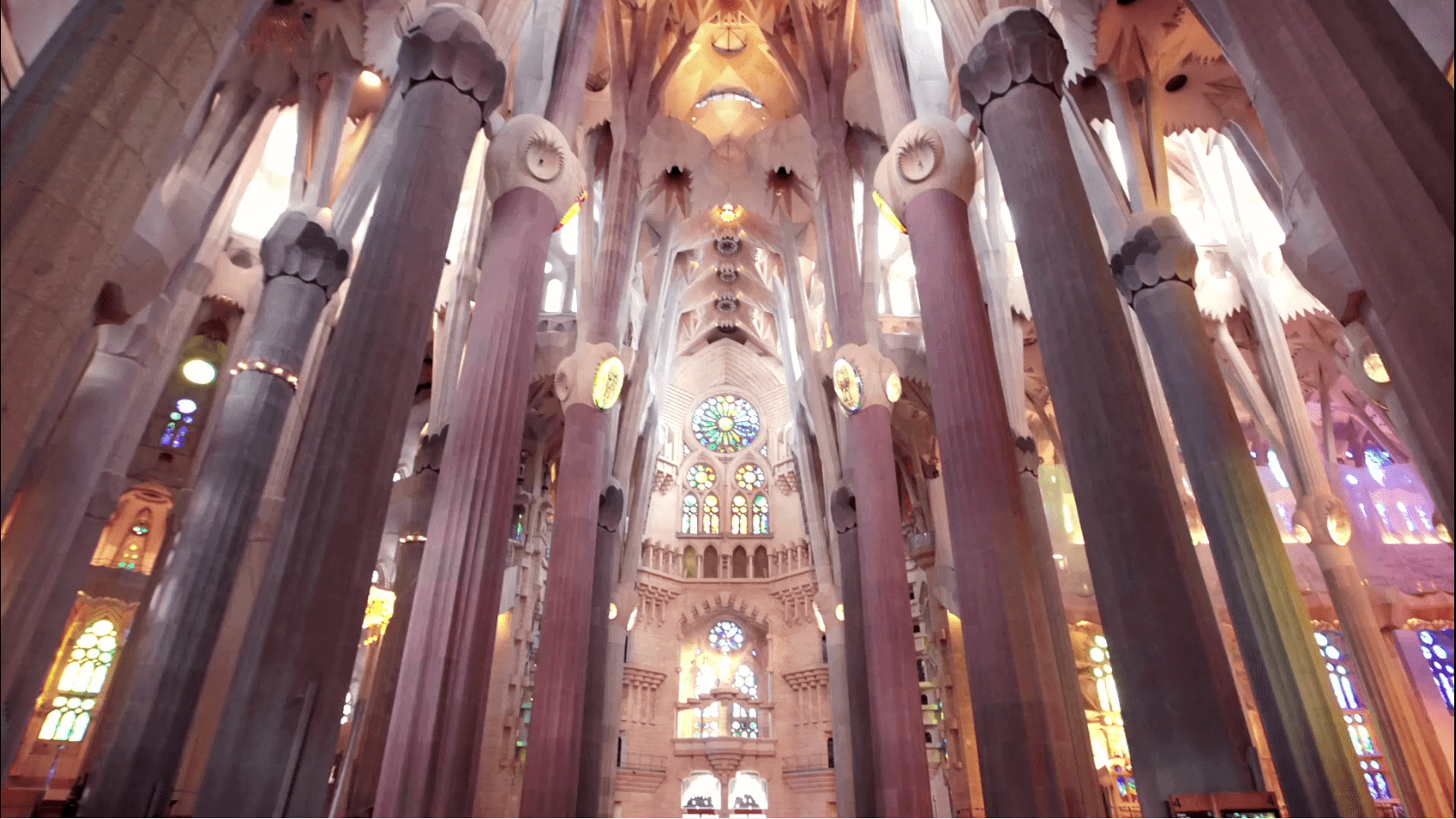Travellers should familiarise themselves with our Peace of mind travel policy for Covid-19 as well as the terms and conditions applicable at the time of booking.
Small group Tour of Lisbon & Barcelona
Join Odyssey Traveller as we explore the history, culture, architecture, and cuisine of the cities of Lisbon and Barcelona over 21 days. This is a small group tour for up to 16 travellers. Join a group of like minded mature and senior travellers as a couple or solo traveller to explore and live briefly in two of Europes great historic cities.
This trip will not be confined to the two major cities, however, as we will also take excursions to famous heritage towns--such as Sintra and Montserrat--and smaller medieval and seaside towns--such as Nazare, Mafra, and Girona--that are not normally included in other commercial tours of the Iberian Peninsula. We will spend 10 nights each in Lisbon and Barcelona, staying in centrally located hotels close the cities' main sights for leisurely sightseeing, and using them as our base for our day trips as we venture deeper into Portugal and Spain. We will use private coaches and public transport when appropriate, and go on walking tours to experience the pulse and vibrancy of the cities. As always, participants on this small group tour will have the services of an Odyssey Program Leader and local guides who will share their knowledge of the places we will visit.
In addition to our history and cultural trips, we will also have time for vacation as the itinerary includes plenty of free time to relax or experience Lisbon and Barcelona on our own.
Lisbon
We begin our three-week tour in Lisbon, the capital and largest city of Portugal, sitting on the Atlantic coast and serving as the country’s chief port. It is also distinguished as the westernmost capital city in continental Europe. The city’s name is a variant of Olisipo, which may have been derived from the pre-Roman name for the Tagus River (Lisso). Lisbon’s history has been shaped by the sea. As a port city, Lisbon has been a gateway to the wider world, molded by a succession of different cultures. In 711, Lisbon, along with most of present-day Spain and Portugal came under the control of the Muslim Umayyad Caliphate. During this period, Lisbon became one of the largest cities in Europe. The city’s new rulers improved the fortifications of the castle and built town walls that still remain in place. Lisbon’s oldest extant neighbourhood, Alfama – from the Arabic al-Hamma, meaning ‘public baths’ – was built in this period.
The city reached its heights after the Reconquista and during the Age of Exploration. It developed its own architectural style, Manueline, named after its monarch Manuel I. This architectural style, seen only in Portugal in the 16th century, is characterised by rich and lavish ornamentation and nautical themes, such as moldings encrusted with carved barnacles and nautical instruments over windows and doors. The style flourished only for a few decades, bridging the Gothic style and the Renaissance and Mannerist styles that became popular in Portugal.
In 1755, Lisbon was totally devastated by an earthquake that destroyed its buildings and killed up to 60,000 people. The city rebuilt itself, and on this tour we will learn more about its history.
Lisbon Tour Highlights
We will visit several destinations listed by UNESCO as World Heritage Sites, including the iconic Belem district in Lisbon, the colourful Sintra historic centre filled with castles in the style of 19th century Romantic architecture, the medieval town of Obidos and the impressive Monastery of Batalha built to commemorate the 1385 Portuguese victory over the Castilians.
We will experience a stunning Fado performance at a local restaurant and visit the birthplace of Fado, Mouraria. Fado ("fate") is a type of Portuguese expressive and melancholic musical performance which dates back to the 1830s.
We will enjoy spectacular views of the cities we will visit, from famous viewpoints in Lisbon, and Cape Roca in the westernmost point of mainland Europe, which provides a panoramic view of the Atlantic. In Nazare, we will have a guided half-day tour to learn more about the town's fishing traditions and view the beach famous among surfers the world over for its giant waves.
In addition to these experiences, we will also sample Portugal's culinary offerings. We will have a special visit to the Fabrica dos Pasteis de Belem, which has been baking the Portuguese custard tart since 1837. We will have chance to taste this creamy pastry--its secret recipe guarded since the 19th century--and stroll inside the beautiful café-factory.
Barcelona
Lisbon's history is entwined with that of Barcelona's. In 1578 the Portuguese kingdom’s young king died on the battlefield and plunged Portugal into a succession crisis. The crisis of succession lasted two years. Emerging victorious was King Philip II of Spain, whose claim to the throne was through his mother, Isabella, the second child of Manuel I. Philip II united the Spanish and Portuguese crowns, putting the entire Iberian Peninsula, as well as Portuguese colonies abroad, under the rule of Spain for six centuries.
Barcelona has over 2,000 years of history, having been ruled by Romans, Visigoths and Franks. The city itself was founded as a military camp by the Romans at the end of the 1st century and named Barcino. It grew into a major trading city in the 12th century after the union of Catalonia and Aragon. It is now the sixth largest city in Europe, a dazzling seaside city alive with culture, colour and cuisine. Today, the city is one of Europe's most popular destinations, yet retains its unique culture and lifestyle.
Barcelona Tour Highlights
We will view the major sights in the heart of the city, including the many monuments designed by acclaimed architect Antonio Gaudi. We will visit its central square, Plaça de Catalunya, walk down tree-lined Las Ramblas and explore the medieval-era streets of the Gothic Quarter.
We will travel down to the foot of a striking multi-peaked mountain range to visit Monserrat (Montserrat in Catalan means “saw mountain”), and travel by cable car to an abbey nestled in the mountain to visit the Black Madonna. We will have a guided tour and tasting at a cava winery in Sant Sadurni d’Anoia. We will explore the medieval towns of Besalu and Girona. Fans of the show Game of Thrones may recognise Girona's Arab Baths and its cathedral as some scenes of the show were filmed here.
Articles about Lisbon and Barcelona published by Odyssey Traveller.
The following list of articles published by Odyssey Traveller for mature aged and senior travellers may maximise their knowledge and enjoyment of Lisbon and Barcelona when visiting;
External articles to assist you on your visit to Portugal & Spain.
Other Odyssey Tours
This tour of Lisbon and Barcelona is only one of many Spain and Portugal tours offered by Odyssey Traveller. For more details, click the ‘Top 5’ or ‘Itinerary’ buttons above! If you’re keen to experience this tour, please call or send an email. Or, to book, simply fill in the form on the right hand side of this page.








































